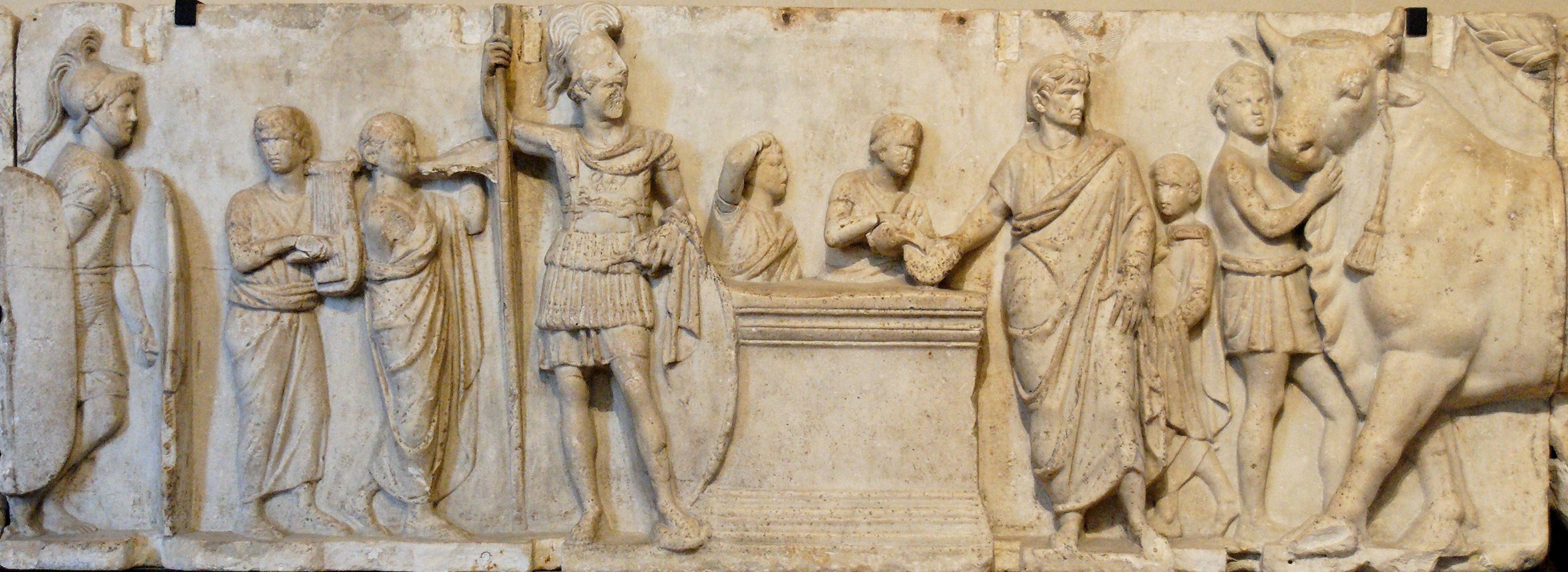 |
|
The Annunciation to the Shepherds, Chinese. 20th century, Unknown Artist (and that’s a pity, because it’s a wonderful painting).
|
And there were shepherds living out in the fields nearby, keeping watch over their flocks at night. An angel of the Lord appeared to them, and the glory of the Lord shone around them, and they were terrified. But the angel said to them, “Do not be afraid. I bring you good news that will cause great joy for all the people. Today in the town of David a Savior has been born to you; he is the Messiah, the Lord. This will be a sign to you: You will find a baby wrapped in cloths and lying in a manger.”
Suddenly a great company of the heavenly host appeared with the angel, praising God and saying,
“Glory to God in the highest heaven,
and on earth peace to those on whom his favor rests.”
and on earth peace to those on whom his favor rests.”
 |
|
The Annunciation to the Shepherds, 1663, Abraham Hondius. This is exactly what I see in my mind’s eye, including the fat little putti.
|
When the angels had left them and gone into heaven, the shepherds said to one another, “Let’s go to Bethlehem and see this thing that has happened, which the Lord has told us about.”
So they hurried off and found Mary and Joseph, and the baby, who was lying in the manger. When they had seen him, they spread the word concerning what had been told them about this child, and all who heard it were amazed at what the shepherds said to them. But Mary treasured up all these things and pondered them in her heart. The shepherds returned, glorifying and praising God for all the things they had heard and seen, which were just as they had been told.
 |
|
Annunciation to the Shepherds, first half of 17th century, Juan Dò. Until recently, this painting was unattributed, which is oddly appropriate, considering it’s a portrait of the lowest of the low.
|
Because of the time compression of the Bible, we get the impression that angels regularly zipped down to earth. I’m no theologian, but that doesn’t seem to be strictly true. There are a lot of visitations of angels in the early times recorded in Genesis—to Adam and Eve, to Hagar, to Sarah and Abraham, to Lot, to Jacob. Perhaps the most charming story of angels appears in Numbers, when Balaam is being such a jerk that the angel works through his donkey instead.
The visitations by angels in the Old Testament happened over thousands of years. On the other hand, during the brief period in which Jesus and his disciples lived, angels seemed awfully active. Angels were with Jesus at his birth, at his temptation in the desert, in the Garden of Gethsemane, when the tomb was empty, and at his ascension to heaven. Likewise, an angel appeared to Peter when in prison.
 |
|
The Annunciation to the Shepherds, 1875, Jules Bastien-Lepage, who is most famous for his brilliant Jeanne d’Arc at the Metropolitan Museum of Art.
|
Mary, of course, received a visit from the angel Gabriel, and Joseph was spoken to by an angel. But those darn shepherds; now, that’s a weird story. If Joseph and Mary were nobodies in the Roman Empire, those shepherds were lower than dirt. And yet Caesar Augustus sat alone in his palace and a whole choir of angels came down to talk to the shepherds in Bethlehem instead.
Let me know if you’re interested in painting with me in Maine in 2014 or Rochester at any time. Click here for more information on my Maine workshops!


_-_WGA03385.jpg)


_-_WGA03384.jpg)
_-_WGA03381.jpg)




.jpg)

